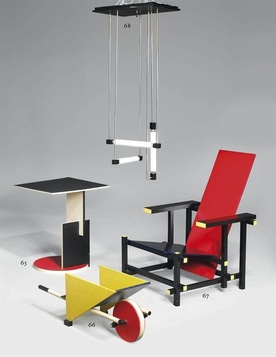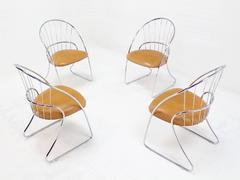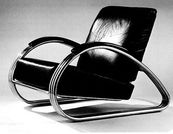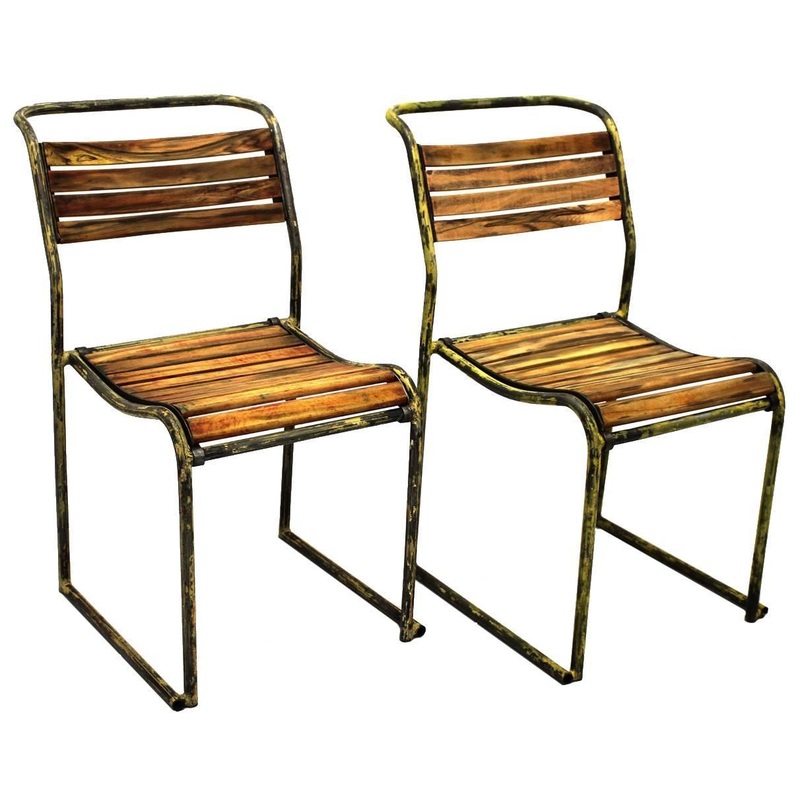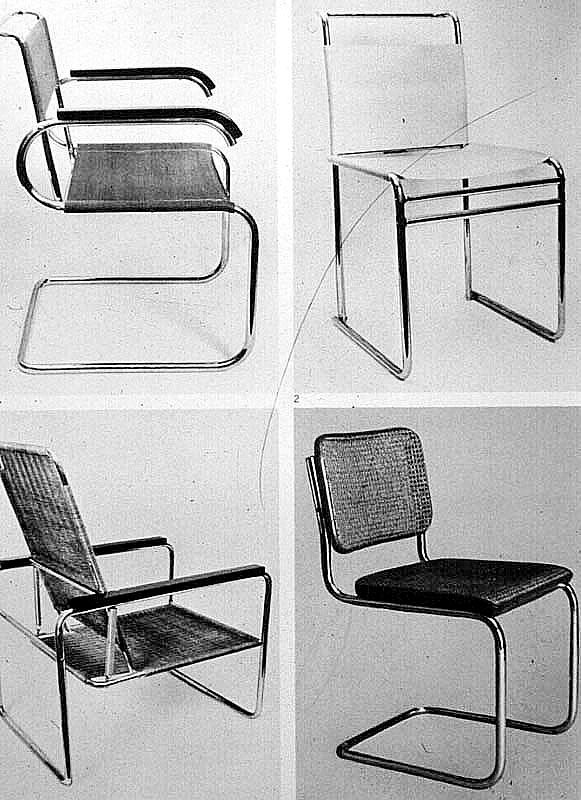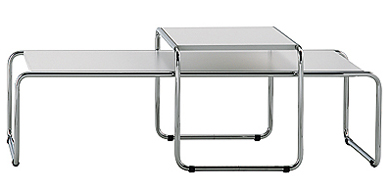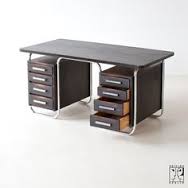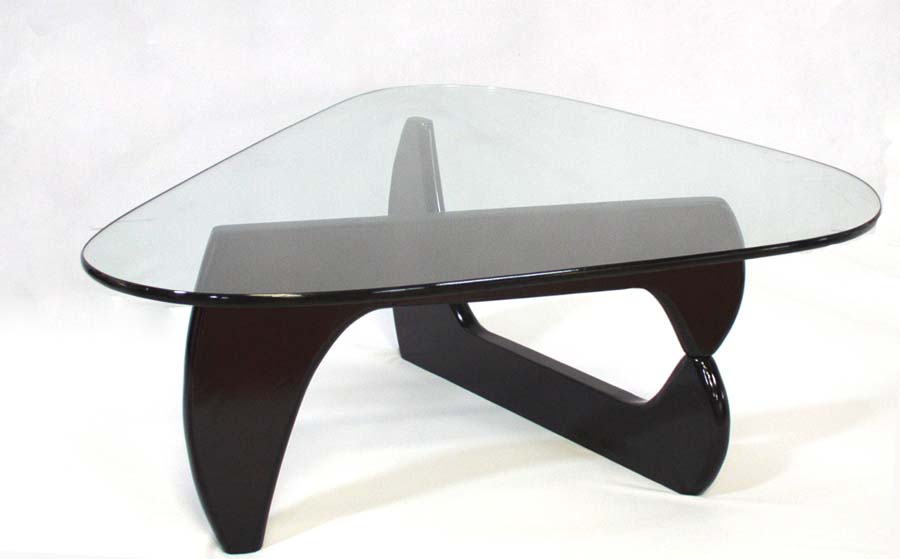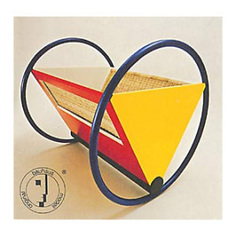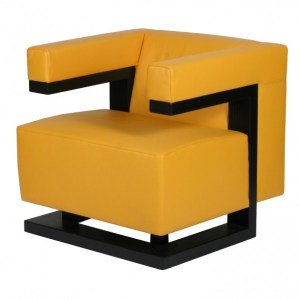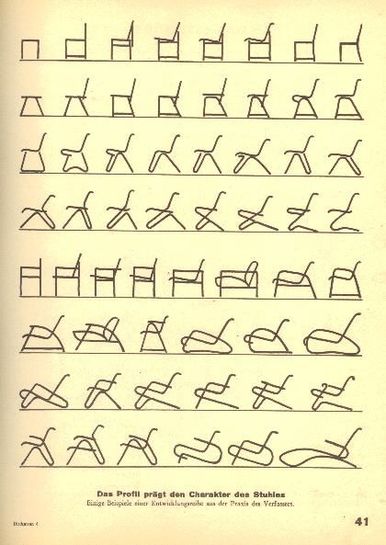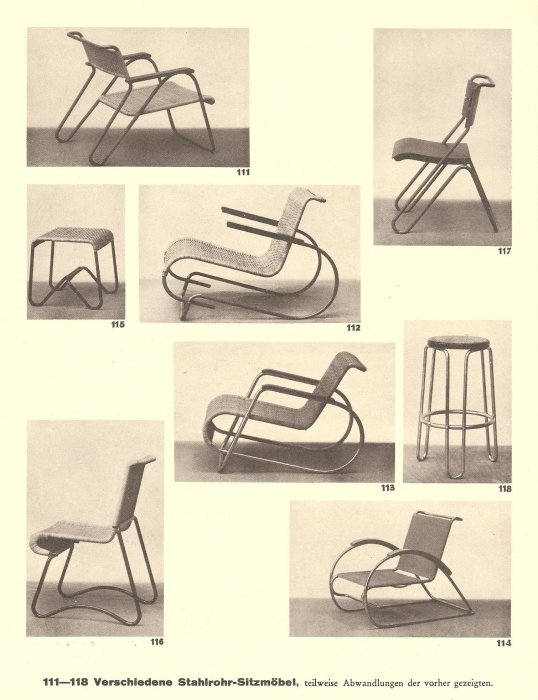BAUHAUS FURNITURE -Design by Billy and Iris
Diverse meubels van Gerrit Rietveld. De stoel is van 1918. De vormen zijn geometrisch en Rietveld heeft de basiskleuren (primaire kleuren) gebruikt. |
Rare pair of tubular steel chairs by Bruno Pollak 1931-1932 manufactured by PEL Ltd. England.
|
BAUHAUS CHAIR -We create beautiful art.
The Bauhaus was an avant garde design studio that operated in Germany between 1919 and 1933. Founded by architect Walter Gropius, the school incorporated art, architecture, and in particular, distinctive furniture that would become known as Bauhaus style. |
Design
BAUHAUS TABLEThe forms in the Bauhaus furniture are frequently simple and light without decorative additive just following the needs of the consumer. Used are: steel, glass, bent wood, leathers and plastic. The most attentive colors are: generally black, white, brown, grey and chromium. Sometimes the primary colors of the furniture are used sporadically to accentuate and to give entirely the less dark appearance. Bauhaus furniture was the preamble of modernism and functionalism..
Bauhaus Furniture
|
|
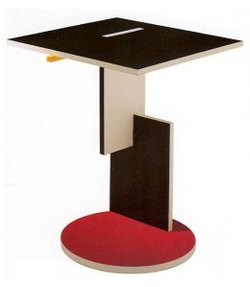
Bauhaus furniture commonly uses simple shapes which are associated with Bauhaus paintings. The shapes are put together in an abstract way to create a practical piece of furniture that looks interesting for the consumer.
The typical colours used are the primary colours, red, blue and yellow but also black. This is also the same as Bauhaus art.
As a material, glass is often used to make furniture such as tables in the Bauhaus style. Still using the basic shapes of typical furniture of this era.
Erich Dieckmann, Bauhaus; development design of a metal tube chair
Erich Dieckmann studied architecture at Danzig Polytechnic from 1918 until 1920. After finishing the foundation course, however, Erich Dieckmann dropped out and went to Dresden, where he began to study painting and drawing. In 1921 Erich Dieckmann enrolled at the Bauhaus in Weimar. Between 1921 and 1925 Dieckmann served an apprenticeship there as a carpenter. When the Bauhaus school moved to Dessau in 1925, Erich Dieckmann transferred to the Staatliche Bauhochschule in Weimar and was head of the carpentry workshop there from 1925 until 1930.
From 1931 until he was dismissed by the National Socialists in 1933, Erich Dieckmann was head of the carpentry workshop at the Kunstgewerbeschule Burg Giebichenstein in Halle.
From 1939 Erich Dieckmann lived in Berlin. Erich Dieckmann was one of the most important furniture designers at the Bauhaus, developing type ranges for seat furniture. Like Marcel Breuer, Erich Dieckmann experimented with steel tubing but is primarily known for his standardized wooden furniture. Dieckmann's designs for seat furniture are stringently geometric, with frames based on right angles and constructed of almost pieces of wood that were either almost square in cross section or flat; another feature typical of Dieckmann's work is linking armrests and chair legs in a runner construction.
By using quality hardwoods such as beech, cherry, oak, and ash as well as cane matting, Dieckmann loosened up the stringent geometry of his designs; on the other hand, however, standardization and normed proportions were to keep the prices of these mass-produced pieces of furniture as low as possible.
From 1931 until he was dismissed by the National Socialists in 1933, Erich Dieckmann was head of the carpentry workshop at the Kunstgewerbeschule Burg Giebichenstein in Halle.
From 1939 Erich Dieckmann lived in Berlin. Erich Dieckmann was one of the most important furniture designers at the Bauhaus, developing type ranges for seat furniture. Like Marcel Breuer, Erich Dieckmann experimented with steel tubing but is primarily known for his standardized wooden furniture. Dieckmann's designs for seat furniture are stringently geometric, with frames based on right angles and constructed of almost pieces of wood that were either almost square in cross section or flat; another feature typical of Dieckmann's work is linking armrests and chair legs in a runner construction.
By using quality hardwoods such as beech, cherry, oak, and ash as well as cane matting, Dieckmann loosened up the stringent geometry of his designs; on the other hand, however, standardization and normed proportions were to keep the prices of these mass-produced pieces of furniture as low as possible.

